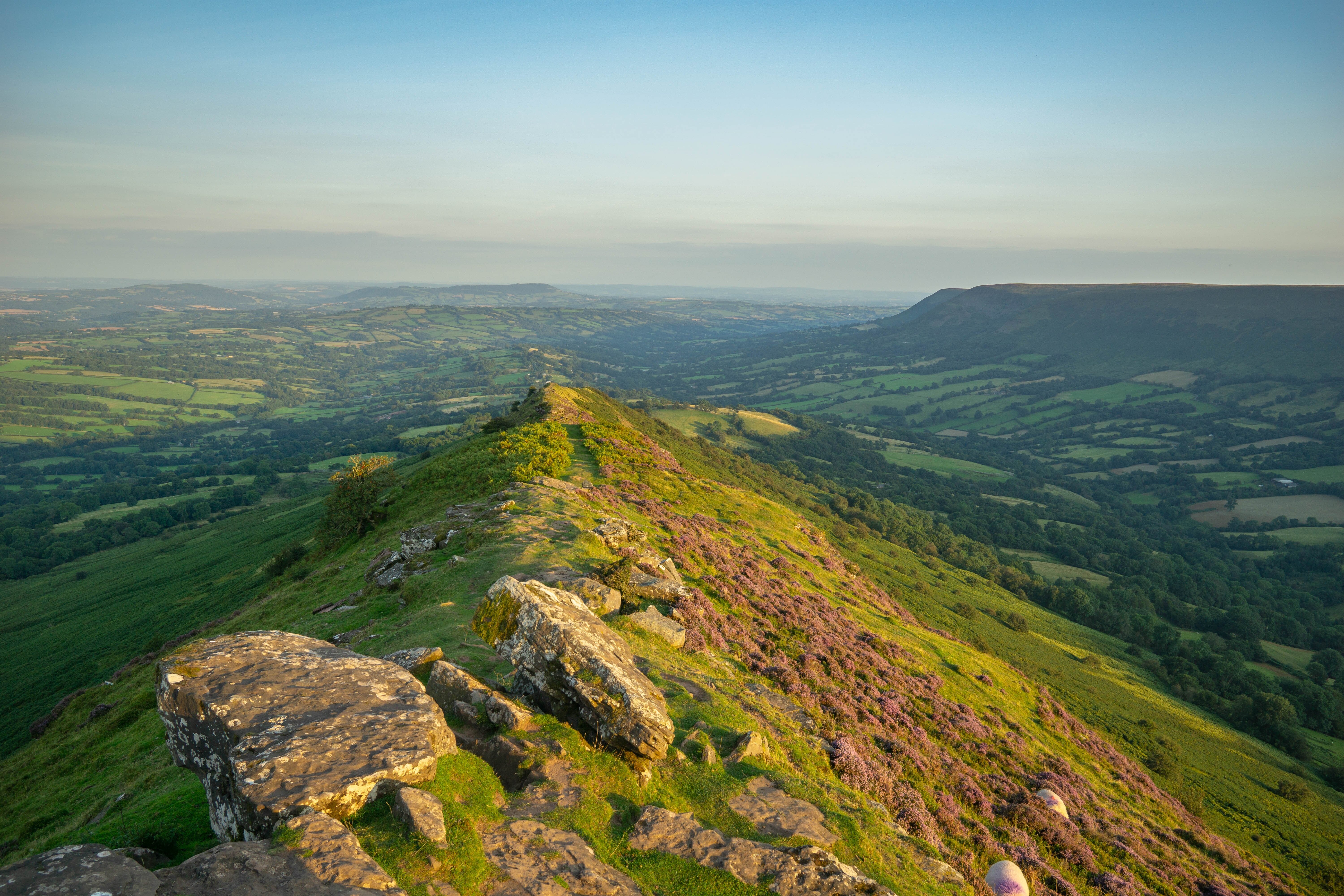A journey through history, art and countryside in Umbria, a hidden gem nestled in the heart of Italy.
Call us on 01707 817260
- Monday - Friday9am - 5pm
- Saturday9am - 1pm
- SundayClosed
- Bank HolidaysClosed
Or, email us at customersupport@rambleworldwide.co.uk
Call us on 01707 817260
- Monday - Friday9am - 5pm
- Saturday9am - 1pm
- SundayClosed
- Bank HolidaysClosed
Or, email us at customersupport@rambleworldwide.co.uk
-
Destinations
Artistic UmbriaHassness Country House (Guided Walking 2025)
The English Lake District is one of the most beautiful and dramatic walking areas in this country. A compact area of mountainsides, summits and ridges, lakes and lakeside paths. We offer a wide range of guided trails to suit all walking abilities.
An African JourneyTake in four countries, myriad landscapes and endless wildlife viewing possibilities on our journey of a lifetime!
Six Faces Of PeruDiscover the lost land of the Incas on an escorted tour to the Six Faces of Peru: Cuzco, the Sacred Valley and Machu Picchu; Lima; Arequipa; Puno and Lake Titicaca; Colca; and the spectacular tropical rainforests of the Peruvian Andes.
In Search of The Silk RoadEmbark on a voyage of discovery on our Silk Road tours to Central Asia’s intriguing Kazakhstan and Uzbekistan.
-
Walking Holidays
-
Guided Walking
-
Self-Guided Walking
- Self-Guided walking holidays
- About our Self-Guided holidays
- Why go on a Self-Guided holiday
-
Types of walking holiday
-
Best For
-
Walking Holidays by Grade
-
Private Groups
- Trips with those you want to travel with most
- Private Group holidays
-
Solo Walking Holidays
- Travel solo but not alone
- Walking holidays for singles
-
Guided Walking
-
Hassness House
-
Welcome to Hassness House
- About Hassness House
- About Hassness House
- Private Hire & Corporate Retreats
- A history of Hassness
-
Guided Walking
- Guided Walking at Hassness House
- 3-nights guided walking
- 4-nights guided walking
- 7-nights guided walking
- Weekend Adventure Breaks
- Great Lakeland Ridge Walks
-
Self-Guided Walking
- Self-Guided walking at Hassness House
- 3, 4 and 7-night Self-Guided Walking
-
Activity Breaks at Hassness
- Activity Breaks at Hassness House
- Yoga & Walking in the Lake District
- Restore, Reflect & Recharge
- Women's Activity Week
- Lakeland Explorer tour
- Navigation & Hill Skills
-
Late Availability
- Last-minute walking holidays
- 2025 walking holidays at Hassness House
- Late availability at Hassness House
-
Expert Guides
- Our Expert Guides to Hassness House & surrounds
- Our expert guide to Hassness House
- The 10 best walks around Buttermere
- What to do around Buttermere
-
Welcome to Hassness House
-
Inspiration
-
Inspiration
- Read the latest
- Our Blog
- Expert Guides
- Where to visit
-
Expert Guides
- Field Notes from our Leaders
- Field Notes from Andorra
- Field Notes from the Dolomites
- Field Notes from Switzerland
-
Our Magazine
- Our Magazine: adventurer
- Issue 1: Summer 2025
-
Our Brochure
- Walking holidays brochure
- 2026 Walking Holidays: UK, Europe & Worldwide
-
eNews
- Sign up to our newsletter
- Subscribe to receive the latest news & offers
-
Inspiration
-
Offers
Last Minute Walking Holidays Early Booking Discount Discounted Holidays No Single Room Supplement Private Groups Loyalty Scheme Refer a FriendEnd of Summer Sale
Save up to £600 per person on selected departures to Europe & Worldwide with availability until October 2025.
-
Information
-
About Us
-
Our Trust & Sustainability
-
Useful Booking Information
- Booking with Ramble Worldwide
- Booking Terms & Conditions
- Book & Travel with Confidence
- Booking Trips for Private Groups
- Manage My Account
- Essential Travel Advice
-
Useful Travel Information
-
Contact Us
- Contact Us
- Contact us
- Order a brochure
- Manage My Account
- Join our team
-
About Us
_w=400_h=300_pjpg.jpg?v=202507011458)
_w=400_h=300_pjpg.jpg?v=202507011458)
_w=400_h=300_pjpg.jpg?v=202507011458)
_w=368_h=200_pjpg.jpg?v=202507011458)




_w=368_h=200_pjpg.jpg?v=202507011458)

_w=368_h=200_pjpg.jpg?v=202507011458)








